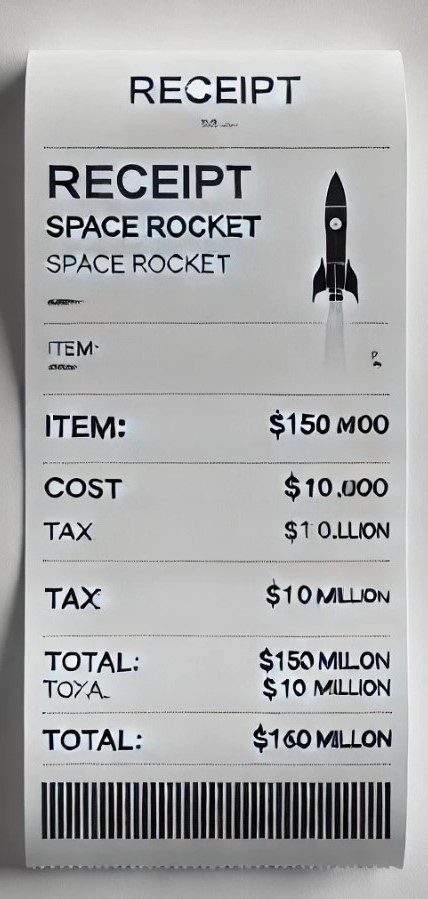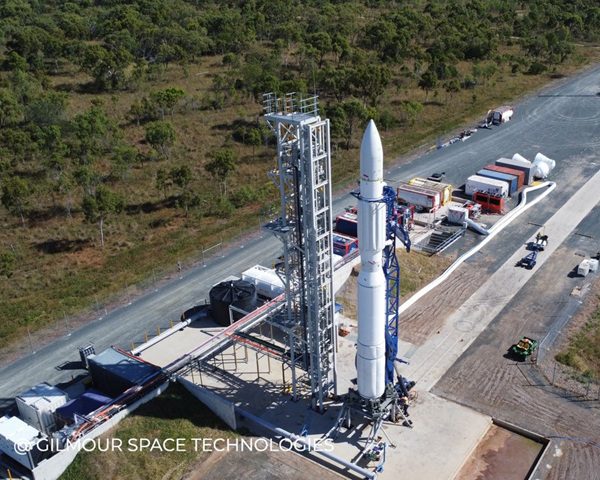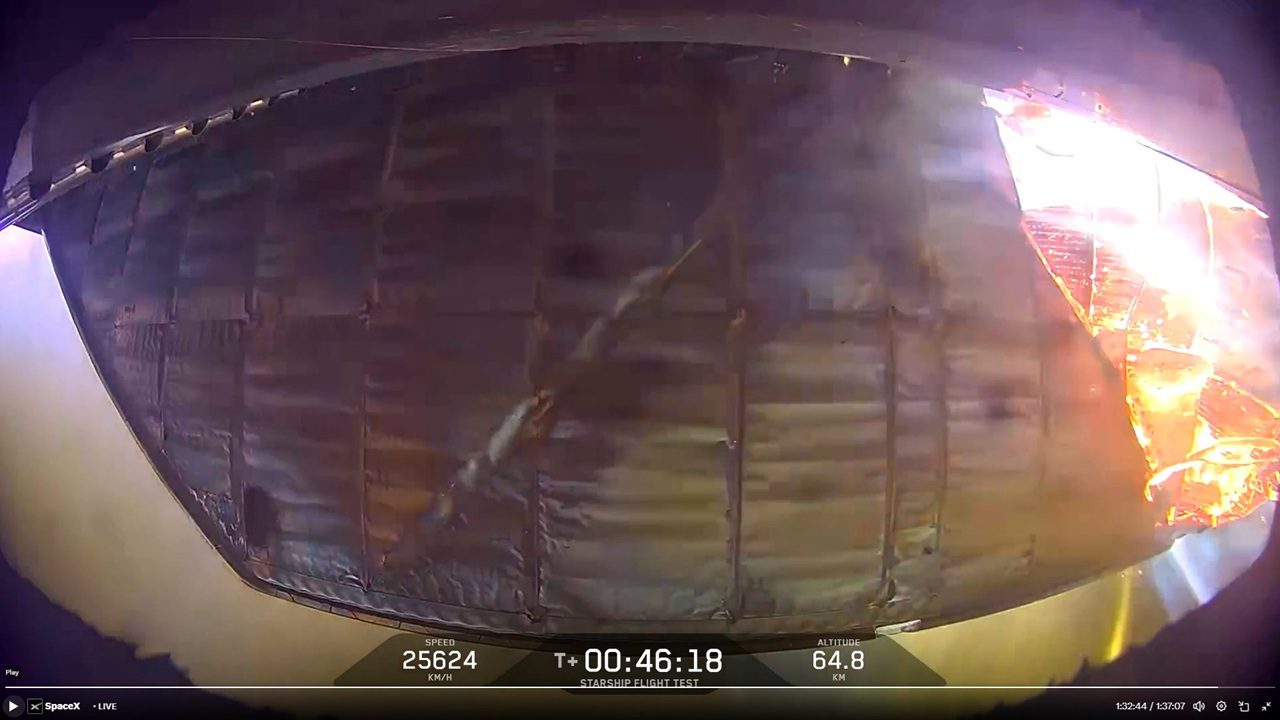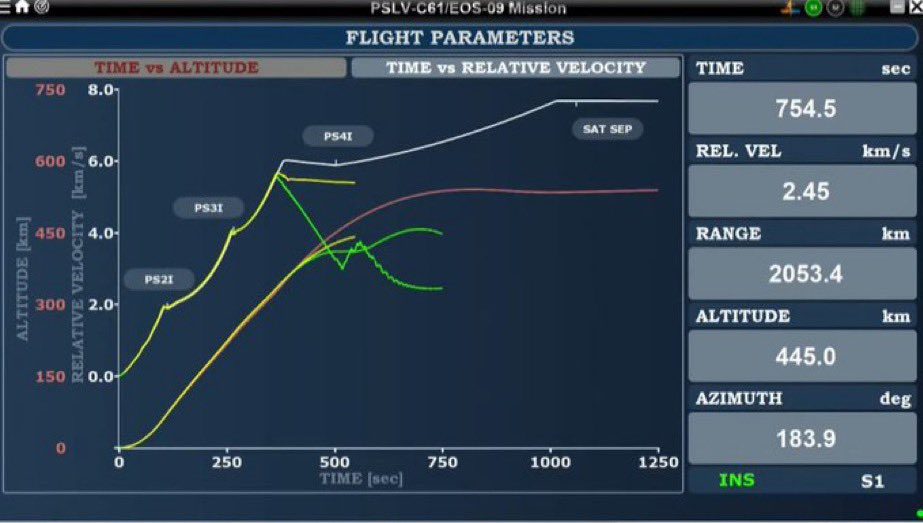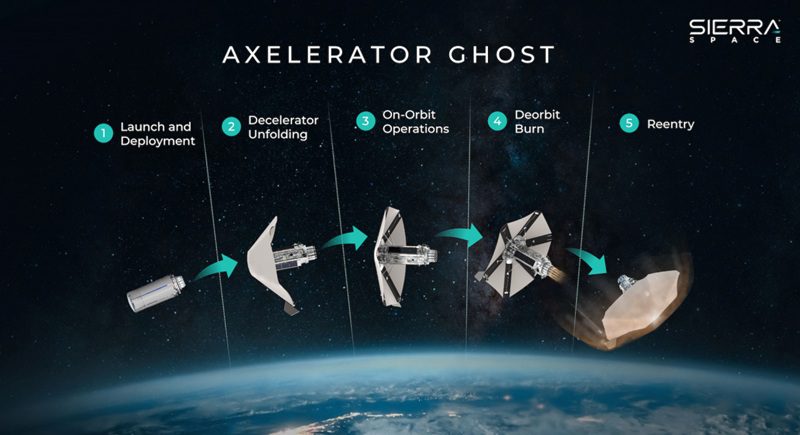credit: NASA / caption: NASA simulation image of the Orion crew exploration vehicle with ATLAS docking adaptor attached in close proximity to the International Space Station’s APAS docking port
You could have said Boeing to that answer, after all the aerospace behemoth is to manufacture the Ares I crew launch vehicle upper stage but you would be wrong, and a little cruel considering some of its recent problems, Boeing that is, not the Ares I upper stage
My answer, as it clearly states in the headline, is computer aided design and computer aided engineering. And not for good but for ill
“For ill, how so”, you may ask, “that technology is ubiquitous throughout aerospace industry along with finite element analysis and simulation packages galore?”
(You may also ask, why not an Ares picture? Because this rendition of the Orion is the only low res CAD-esque image I have of anything from the Constellation programme)
And you would be right but Hyperbola’s argument is that these computer software packages have led to a level of, eh, let’s call it “under design”, that has led to real world trouble for both programmes. I’m not just talking “garbage in, garbage out”
What I mean by under design is the opposite to what has happened, when engineers over designed everything because the margin of error with their slide rules and uncomputer augmented human brains was recognised as being, well, at times large
Just dig into the history of the Saturn V for example. Not a team of designers whose mathematical skills could be questioned or engineering prowess pondered upon, yet when their creation was on the pad it was very different to what had been first envisaged. As one former Saturn V engineer, who was hired by Wernher Von Braun, told me the rocket ended up being a hell of lot bigger than his legendary boss first expected
Today it is all about optimisation to the nth degree. Margins and safety factors are carefully calculated, not decided by a rule of thumb. Where mass is king those calculations are very careful and computers, for whatever reason, give all this a ring of gospel truth about them
In a world where whatever the computer says must be right the models underpinning the softwares’ output have a long list of assumptions of the ideal, and I’m not even talking about a gas here
This is not a new problem, in principle. Manufacturing engineers, as they are called today, have for decades (maybe even centuries) rubbed their heads in bewilderment while looking at designs that had tolerances that were simply not achieveable. Remember the old story about the Boeing 747 that if its tolerances were x more accurate it could be a ton (or is that tonne?) lighter?
The Hyperbola theory about why crises seem to be striking each of the world’s high profile aerospace projects is that computers are enabling such a degree of optimisation that when it comes to building it the harsh realities of “experimental error,” shall we say, mean things fail
The Boeing 787 centre box, wing box being one example. There structural optimisation has led to a situation where the aerostructure can’t cope with stresses during certain areas of the flight envelope. Whether it is made of metal or composites or both, in the case of the centre/wing boxes for 787 there just is not enough of the stuff
Another example is the use of simulation instead of wind tunnel work. Elon Musk’s Space Exploration Technologies has only used wind tunnels to confirm the findings of their Stanford University (I think) developed aerodynamics software and Scaled Composites does something similar, it just doesn’t use the tunnel. It simply flies the vehicles and with SpaceShipOne this led to a need for aerodynamic modifications to the spacecraft
At the end of the day it is a toss up between the cost of wind tunnels and the cost of re-engineering chunks of your vehicle during flight testing, and how daring your test pilots are
Now we come to the Ares I. Although this particular issue did not reach physical testing, the Ares I upper stage liquid hydrogen tank’s pocket buckling issue could well be a sympotm of this optimisation fervour. Spotted in finite element analysis as far as I can tell, this situation is not Boeing’s doing as this is a NASA design. Boeing are the manufacturring engineers scratching their heads
But let’s widen that, the reality is that many aerospace engineers including those with a long history of the space programme view Ares I as too optimised – to put it politely. Margins measured in low double figures when equipment is not at critical design review and the true mass and power needs are not known is a troublesome place to be – as NASA Constellation programme manager Jeff Hanley’s engineers have discovered
It is a lesson to be learnt for those eager to replace Ares with new launchers based on Shuttle hardware or existing boosters that will have new upper stages or evolved versions with new everything
Whether it is a computer or your own fair calculations it is a good idea to remember that prediction, especially about the future, is always difficult

